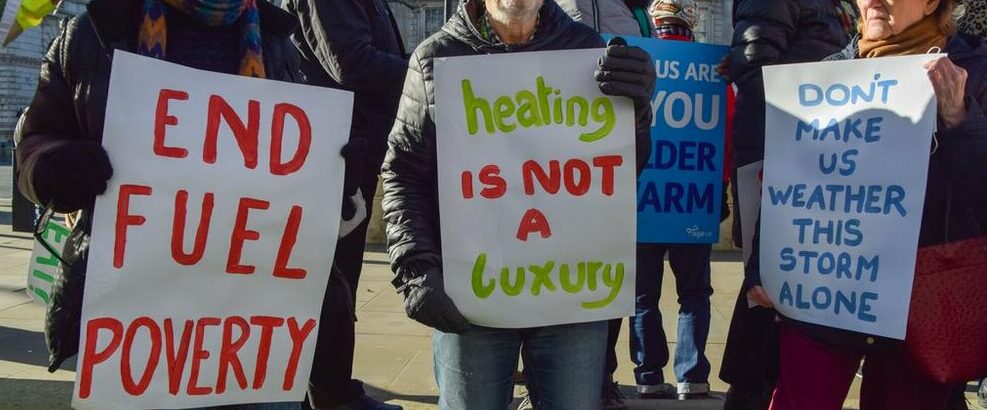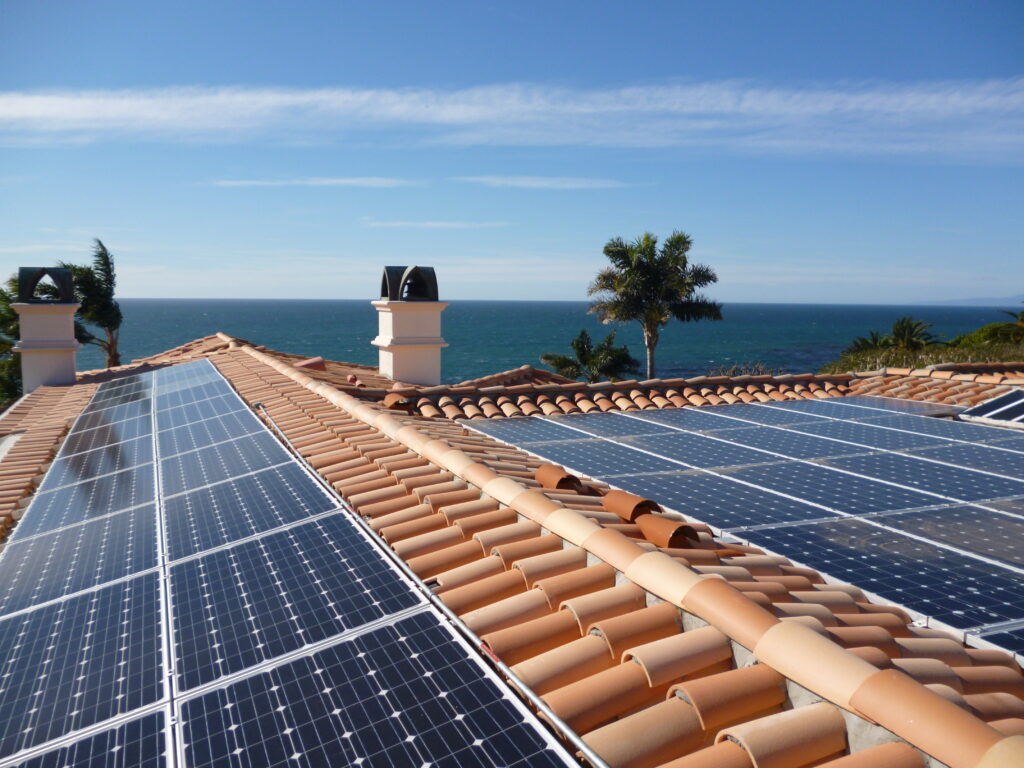When people say things you don’t agree with and do things you don’t agree with they probably think things you don’t agree with. Case in point: the newsletter North American WindPower says it’s all coming together. “Value of Wind Energy Far Exceeds Costs”. Also “EIA: Renewables Will Comprise 22 Percent of Electricity Generation in 2022”. And the Inflation Reduction Act is the best. And so on. Pay no attention to your power bill.
First, that gust of wind:
“Wind energy continues to see strong growth, solid performance, and attractive prices in the U.S., according to a report released by the U.S. Department of Energy (DOE) and prepared by the Lawrence Berkeley National Laboratory. With levelized costs of just over $30 per megawatt-hour (MWh) for newly built projects, the cost of wind is well below its grid-system, health, and climate benefits, Berkeley Lab says.”
Then it quotes a senior scientist at the lab:
“Wind energy prices – particularly in the central United States, and supported by federal tax incentives – remain low even with ongoing supply chain pressures, with utilities and corporate buyers selecting wind as a low-cost option. Considering the health and climate benefits of wind energy makes the economics even better.”
Interesting accounting system. How does it look without the subsidies? And for once can we talk about the “costs” as opposed to the “levelized costs”? The latter being a confusing buzzword which simply means “average over the project lifetime” and is computed assuming users don’t care when the power is generated. But in reality users do care, which is why the comparison is meaningless when done between intermittent power sources whose output timing can’t be controlled, like wind and solar, and conventional ones whose can, like fossil fuels and hydro. To take account of the fact that the wind doesn’t always blow and the sun doesn’t always shine, the calculation needs to be supplemented with the cost of storage. Which no one can do for the awkward reason that no commercially-viable utility-scale storage system has ever been built.
Nor should you be impressed that wind power is growing so rapidly because governments are pushing it for all we’re worth and stifling other kinds. Even though the other story we mentioned from this newsletter, about the EIA’s projection, says:
“U.S. electricity generation from renewable sources, such as hydropower, wind and solar, accounted for 20% of electricity generation both in 2020 and in 2021. U.S. Energy Information Administration (EIA) expects that share to increase to 22% in 2022 and to 24% in 2023 as more generating capacity from wind and solar come online and other generation sources, such as coal and nuclear, are retired.”
Not “work”. Just “come online” while public authorities driven by zealotry not some sinister plot keep shutting down the other stuff.
Yes but look at how much better wind’s supposedly doing than its previous dismal showing. See, “The average capacity factor (a measure of project performance) among recently completed projects was nearly 40%, considerably higher than projects built earlier. The highest capacity factors are seen in the interior of the country.” So a system that sits idle 60 percent of the time, and you don’t get to choose which 40 percent it will work for, is somehow better than ever.
As for visual pollution and that business of blending bats and birds, “Turbines continue to get larger. Improved plant performance has been driven by larger turbines mounted on taller towers and featuring longer blades. In 2011, no turbines employed blades that were 115 meters in diameter or larger, but in 2021, 89% of newly installed turbines featured such rotors. Proposed projects indicate that total turbine height will continue to rise.” Great. Just what we were hoping for.



The entire charade is over human carbon dioxide emissions.
So , here’s a way to help visualise how much carbon dioxide is in the atmosphere.
If you use a length of one kilometre to represent the entire atmosphere,then;
Total carbon dioxide, from all sources, would be about 400 millimetres. ( 400ppm)
Human emissions would account for around 12 millimeters. ( that’s 3% of the total of 400 mm)
Australia’s share is much less than one millimetre. ( that’s 1% of the 3% )